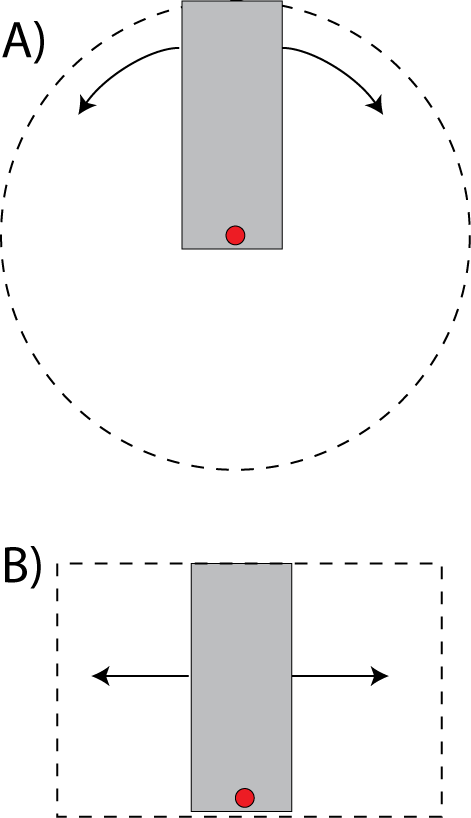The last time I mentioned the benefits of the PILATUS detector system. Since then, I’ve had some brainstorming sessions, and there are a few issues with the detector:
1. It looks like it is not built for use in vacuum, electronics are cooled by convection.
2. It is rather small and not square.
The first issue would mean that the detector would have to sit behind a window. Leave enough space between the detector and the window, and the air scattering would significantly reduce the benefits you had wiht the high resolution. The solution here might be to adapt the detector system, so that an external cooling system could be led through the electronics housing. In my view, it reduces complexity in a SAXS system to have as few windows in it as possible.
The second issue is of a more complex nature. The PILATUS website states that one PILATUS 100K module has an active area of 84 x 34 mm. In terms of detector systems, this is really small and non-square. Regarding the non-squaredness, a stationary single detector, positioned so that the beam falls onto one of the ends of the detector plates, would be sufficient for measuring solutions or other isotropic (randomly-oriented) systems. These systems have isotropic scattering patterns, and therefore would not require a full (square or round) detector area to be captured. For anisotropic systems, one would be very interested in capturing the entire scattering pattern.
One option to benefit from the small size is to minimize the SAXS system geometry, but this requires the use of very small pinholes. Given that the standard X-Ray generator has a source point of approx. 1mm in diameter, this would mean that you’d be cutting away most of your generated intensity, e.g. a reduction of the pinholes by a factor of 2, would cut down the beam intensity by a factor of 16. That simply is not worth the smaller size.
Secondly, the active area of the detector can be increased by tiling many 100K’s. This is indeed a good idea, but only when enough money is available. A 25x25cm detector would contain 24 100k modules, which might get rather pricey.
The third option is to move the detector, like so:

In this image, the red dot is the direct beam, and the arrows indicate the translations. Two translations are exemplified, a circular translation around the beam (A) and a lateral translation along the short axis of the detector (B).
In the case of a translation lile (A), given the fast read-out speed of the detector (100 images per second) this would mean that you could do a full circle in about 30 seconds (maximum speed), without smearing (motion blurring) over more than one pixel. Such a translation would mean that, as you go further away from the beam, the intensity would have to be corrected more and more, for the fraction of the area that the detector covers (about 1/6th in the outer regions). This method then, has an enhanced error in the outer regions. If you are only interested in analysing Guinier regions (i.e. close to the beamstop), this should not be too much of an issue.
An area with a total diameter of about 120mm could be captured with this method, using only a single detector. Measuring a half-circle would suffice, since the whole pattern can then be reflected in order to obtain the full scattering pattern. Such a motion would only take 15 seconds at maximum speed.
In case it is, option (B) has a translation that equally distributes the measurement time in each position. If a square area is to be analysed, this would mean a reduction of about a factor of three in terms of total counted intensity. The area captured by this method is equal to that of the circular translation, since the whole pattern can be reflected around the horizontal axis. This method would thus create equal errors over the entire measured area.
One can imagine many more motions like these, some highlighting the outer regions more than the inner regions and vice versa. This shows that for the price of a single detector, the options are still limitless, and the measurement times “only” increase by a factor of 3 to 6.
If intensity is that which is sought, and price would be a real limiting factor, combining a slit-collimated (Kratky-type) system with one of these detectors could be a viable solution.

Leave a Reply